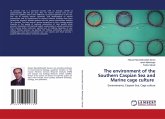
Broschiertes Buch
Environments, Caspian Sea, Cage culture
9. Juni 2021
LAP Lambert Academic Publishing
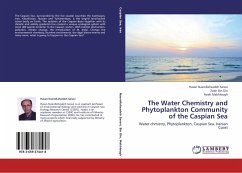
Broschiertes Buch
Water chmistry, Phytoplankton, Caspian Sea, Iranian Coast
12. Juli 2013
LAP Lambert Academic Publishing
Ähnliche Artikel
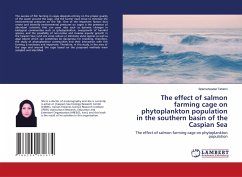
Broschiertes Buch
The effect of salmon farming cage on phytoplankton population
19. Juli 2021
LAP Lambert Academic Publishing
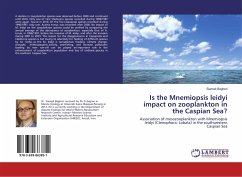
Broschiertes Buch
Association of mesozooplankton with Mnemiopsis leidyi (Ctenophora: Lobata) in the southwestern Caspian Sea
13. Juli 2016
LAP Lambert Academic Publishing
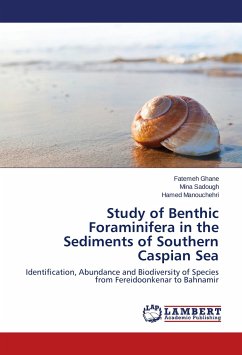
Broschiertes Buch
Identification, Abundance and Biodiversity of Species from Fereidoonkenar to Bahnamir
5. März 2015
LAP Lambert Academic Publishing
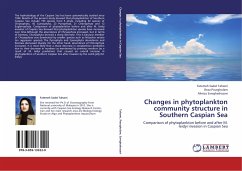
Broschiertes Buch
Comparison of phytoplankton before and after M. leidyi invasion in Caspian Sea
19. Oktober 2012
LAP Lambert Academic Publishing
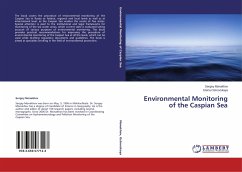
Broschiertes Buch
7. August 2014
LAP Lambert Academic Publishing

Broschiertes Buch
Biodiversity, Distribution, Abundance, Nutrients Variations, Effects of Alien Species
29. Januar 2014
LAP Lambert Academic Publishing

Broschiertes Buch
15. November 2016
LAP Lambert Academic Publishing

Broschiertes Buch
14. Oktober 2016
LAP Lambert Academic Publishing
Ähnlichkeitssuche: Fact®Finder von OMIKRON
